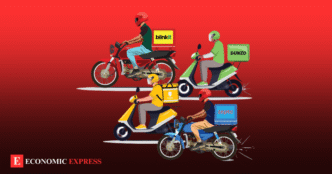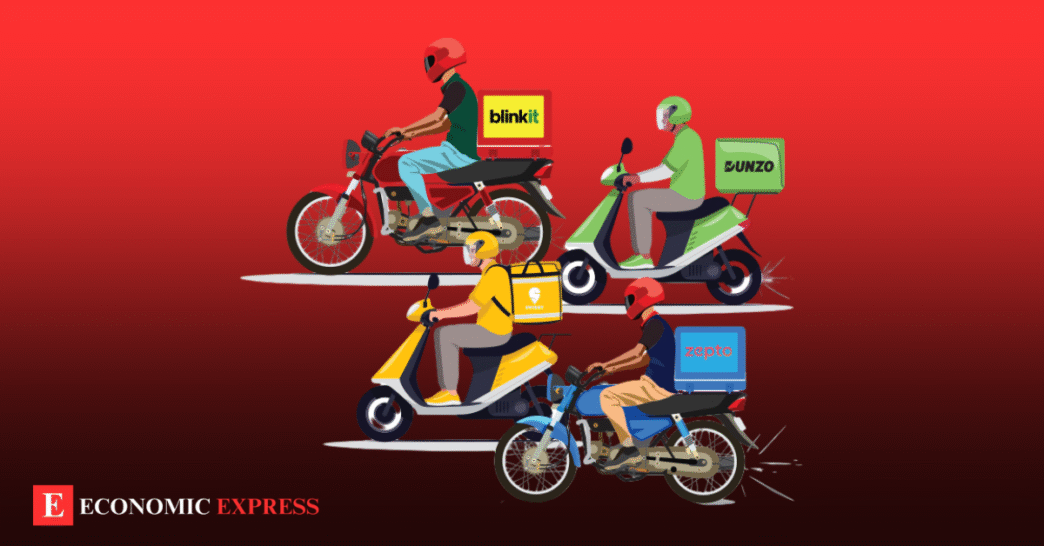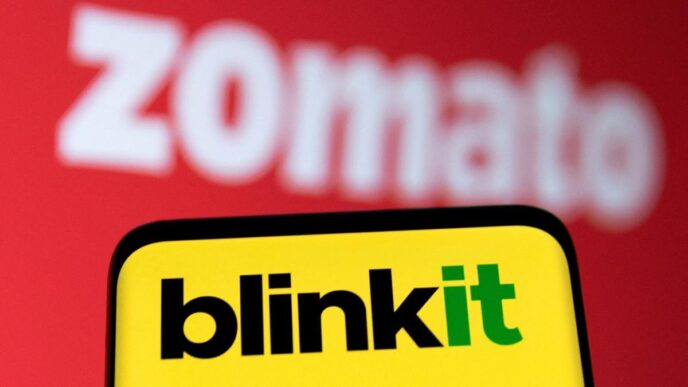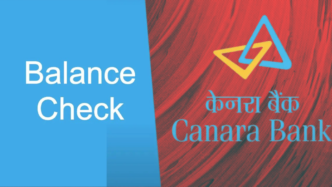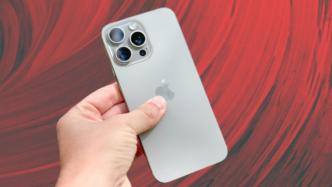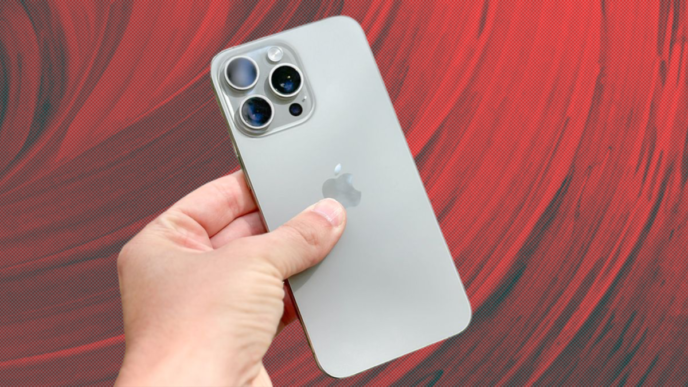Quick Commerce (also known as Q commerce) is shaking up retail in India, talking about platforms like Blinkit, Zepto, and Swiggy Instamart delivering groceries, electronics, and even iPhones in just 10–30 minutes. This ultra-fast delivery trend is driving tremendous growth—India’s Q-commerce business is currently valued at 6-7 billion and is predicted to reach 9.95 billion by 2029.
But where does this stand for local Kirana stores and small businesses? While Q-commerce offers perfect ease, it also disrupts traditional retail.
The following article explores:
- How is Q-commerce transforming local economies?
- Small Business Competition Strategies
- The future of retail in India’s rapidly expanding market.
1. Quick Commerce in India: Are local markets ready for this?
Why is Quick Commerce expected to boom?
- Speed and Convenience: Consumers, particularly Generation Z and millennials, prefer 10-30 minute deliveries on necessities.
- Dark Store Expansion: Companies like Zepto (470 locations) and Blinkit (1,007 locations) use micro-warehouses to provide lightning-fast delivery.
- Pandemic Acceleration: COVID-19 drove up online grocery purchases, with Q-commerce accounting for two-thirds of total orders.
Difficulties for Local Businesses
- Price wars between markets: The profitability of small merchants is being impacted by the high discounts offered by Q Commerce.
- Decreased Foot Traffic: According to 52% of nearby merchants, Q-commerce rivalry has caused a drop in sales.
- Supply Chain Pressure: The hyperlocal logistics of dark firms make it difficult for Kirana stores to compete.
Opportunities for small retailers.
- Hyper-Local Partnerships: Kirana stores work with Blinkit and Dunzo on last-mile deliveries.
- Niche Products: Local stores can carry regional or handcrafted items that Q-commerce does not.
“Quick commerce isn’t killing Kiranas—it’s forcing them to adapt.” — Economic Times, 2025.
2. How can local businesses work with Quick Commerce?
Foster community trust by personalised service,
- knowing consumers by name and making targeted recommendations.
- Loyalty programs reward frequent buyers with discounts or gifts.
Go Hybrid (Online + Offline)
- WhatsApp/Instagram orders: 27% of offline retailers now employ digital sales tools.
- Partner with Hyper-Local Apps: Platforms such as Dunzo and Swiggy Genie enable small companies to provide same-day delivery.
Concentrate on unique selling points (USPS)
- Fresh and Local: Kirana stores might prioritise farm-fresh products over packaged Q-commerce items.
- Emergency Services: Provide credit lines or 24-hour availability—something Q-commerce struggles with.
Adopt Sustainable Practices
- Reduce Plastic Use: Environmentally mindful buyers choose retailers that produce less packaging trash than Q-commerce.
- Electric Delivery: Some Kirana stores employ e-bikes for local delivery, which reduces prices.
3. The Future of Retail: Quick Commerce vs. Local Stores
Changing Consumer Behaviour
- Instant Gratification: 60% of urban shoppers prefer 10-minute deliveries for groceries.
- Premiumization: The average order value (AOV) on Blinkit rose to ₹625, showing demand for high-end products.
Will Kirana Stores Survive?
- Yes, but they must evolve.
- Digital Payments: UPI and QR codes are now used by 80% of small retailers.
- Dark Store Collaborations: Some Kirana stores act as mini-fulfilment centres for Q-commerce.
“By 2030, 80% of retail will still be offline—but digital influence will grow.” — Bain & Company.
Emerging Trends
- Tier 2/3 Expansion: Q-commerce is growing in cities like Lucknow and Coimbatore.
- AI & Automation: Kirana stores using inventory management apps see 30% higher efficiency.
FAQs
About Quick Commerce in 2025
1. Which Q-commerce app is leading in India?
- Blinkit has 45% market share, ahead of Instamart Swiggy (27%) and Zepto (21%)
2. Are Kirana stores shutting down due to Q-commerce?
- Some are struggling, but smart retailers are adapting via digital tools and partnerships.
3. Can small businesses offer 10-minute delivery?
- Yes, via hyper-local apps like Dunzo or self-managed delivery fleets.
4. Is Q-commerce profitable?
- Not yet. Most players (like Zepto) are burning cash but expect profitability by 2026.
5. What’s next for Q-commerce?
- Diversification into electronics, fashion, and even luxury goods (e.g., iPhones on Blinkit).
